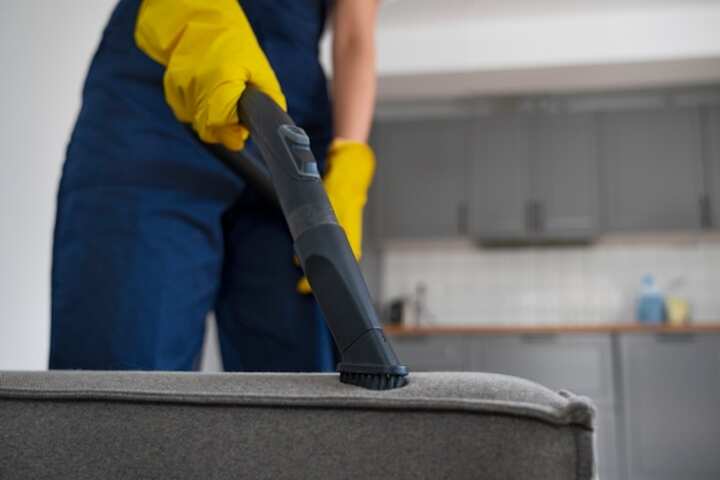
Ensuring Property Safety with Fire Extinguisher Inspections
Fire safety is a critical aspect of property management, whether it is a commercial establishment, residential building, or industrial facility. Regular inspection of fire extinguishers is a vital component in ensuring comprehensive safety measures. These inspections not only comply with local fire safety regulations but also provide peace of mind, knowing that in the event of a fire, extinguishers will function effectively. This article delves into the importance of fire extinguisher inspections, the process involved, and best practices to maintain safety standards.
The Importance of Fire Extinguisher Inspections
Fire extinguishers are the first line of defense in the event of a fire. However, their effectiveness depends on their readiness and condition. Regular inspections help to:
- Ensure the extinguisher is charged and operational.
- Identify any physical damage or corrosion.
- Verify that the extinguisher is accessible and not obstructed.
- Confirm that usage instructions are clear and legible.
- Check the pressure gauge to ensure it is within the optimal range.
By adhering to these inspection protocols, property managers can significantly reduce the risk of fire-related damages and injuries. Explore further insights here on maintaining safety standards.
Components of a Thorough Inspection
A comprehensive fire extinguisher inspection involves several steps. It is essential to cover all aspects to ensure that the extinguisher will perform as expected during an emergency.
Visual Inspection
Visual inspections should be conducted monthly. This includes checking for:
- Visible signs of damage or tampering.
- Proper mounting and accessibility.
- Clear and readable labels.
- Unobstructed discharge nozzles.
Regular visual checks can preemptively identify issues that could compromise the extinguisher’s effectiveness. Find additional information here on conducting effective visual inspections.
Maintenance Checks
Annual maintenance checks are more detailed and should be performed by a certified professional. These checks include:
- Assessing internal and external conditions.
- Replacing damaged or expired components.
- Hydrostatic testing for certain types of extinguishers.
- Updating maintenance records as required by regulatory bodies.
These comprehensive checks ensure that the extinguisher remains in optimal condition and complies with safety standards. Learn more in this detailed guide about maintenance procedures.
Regulations and Compliance
Compliance with fire safety regulations is not just a legal requirement but also an ethical duty to protect lives and property. Inspections should adhere to standards set by local fire departments and associations. Key compliance aspects include:
- Recording each inspection in a logbook.
- Ensuring extinguishers are certified and tagged after inspection.
- Following manufacturer guidelines for specific extinguishers.
- Keeping up-to-date with changes in fire safety regulations.
Maintaining compliance not only avoids legal penalties but also builds a culture of safety within the property. Read more about this topic to ensure adherence to regulatory standards.
Best Practices for Fire Extinguisher Management
To optimize fire safety, property managers should implement best practices that go beyond mere inspections:
- Regular training sessions for staff on fire extinguisher use.
- Strategic placement of extinguishers for quick access.
- Frequent drills to simulate emergency responses.
- Continuous review and improvement of fire safety protocols.
These practices enhance preparedness and ensure a swift response in case of a fire. Learn more in this detailed guide on integrating these practices into your safety plan.
In conclusion, regular fire extinguisher inspections are essential for maintaining property safety and ensuring compliance with fire safety regulations. By understanding and implementing thorough inspection protocols, property managers can significantly mitigate fire risks. Find additional information here to bolster your fire safety measures effectively.